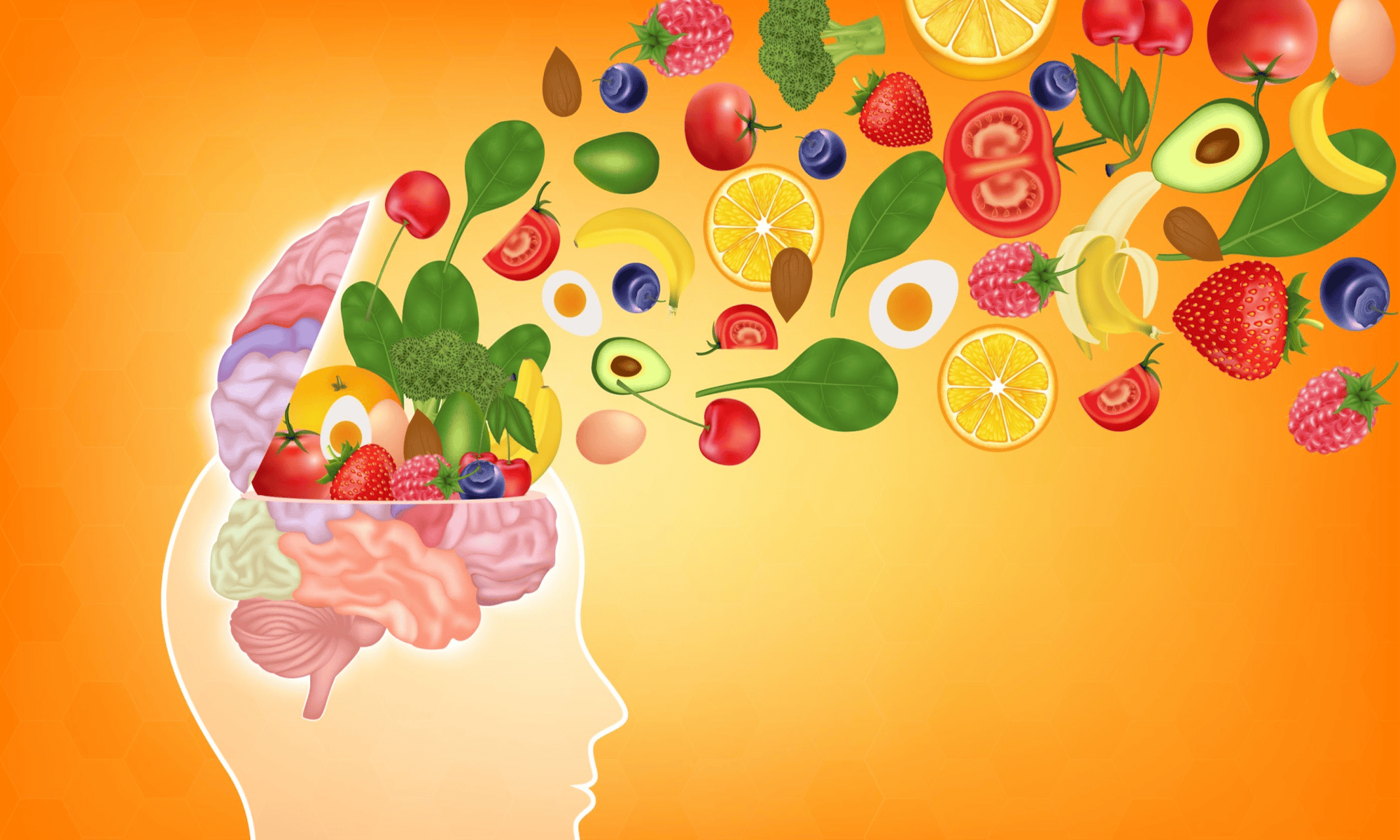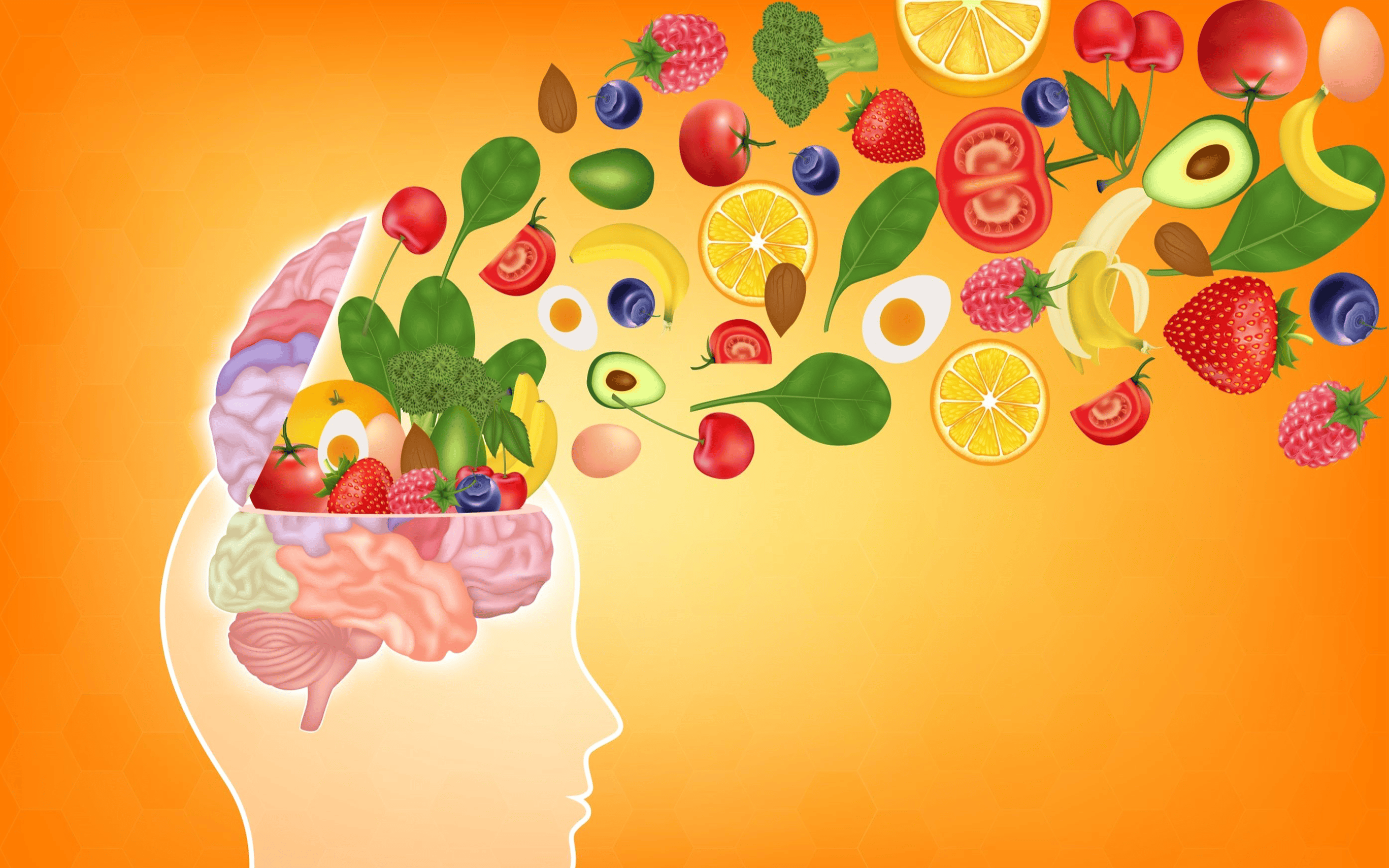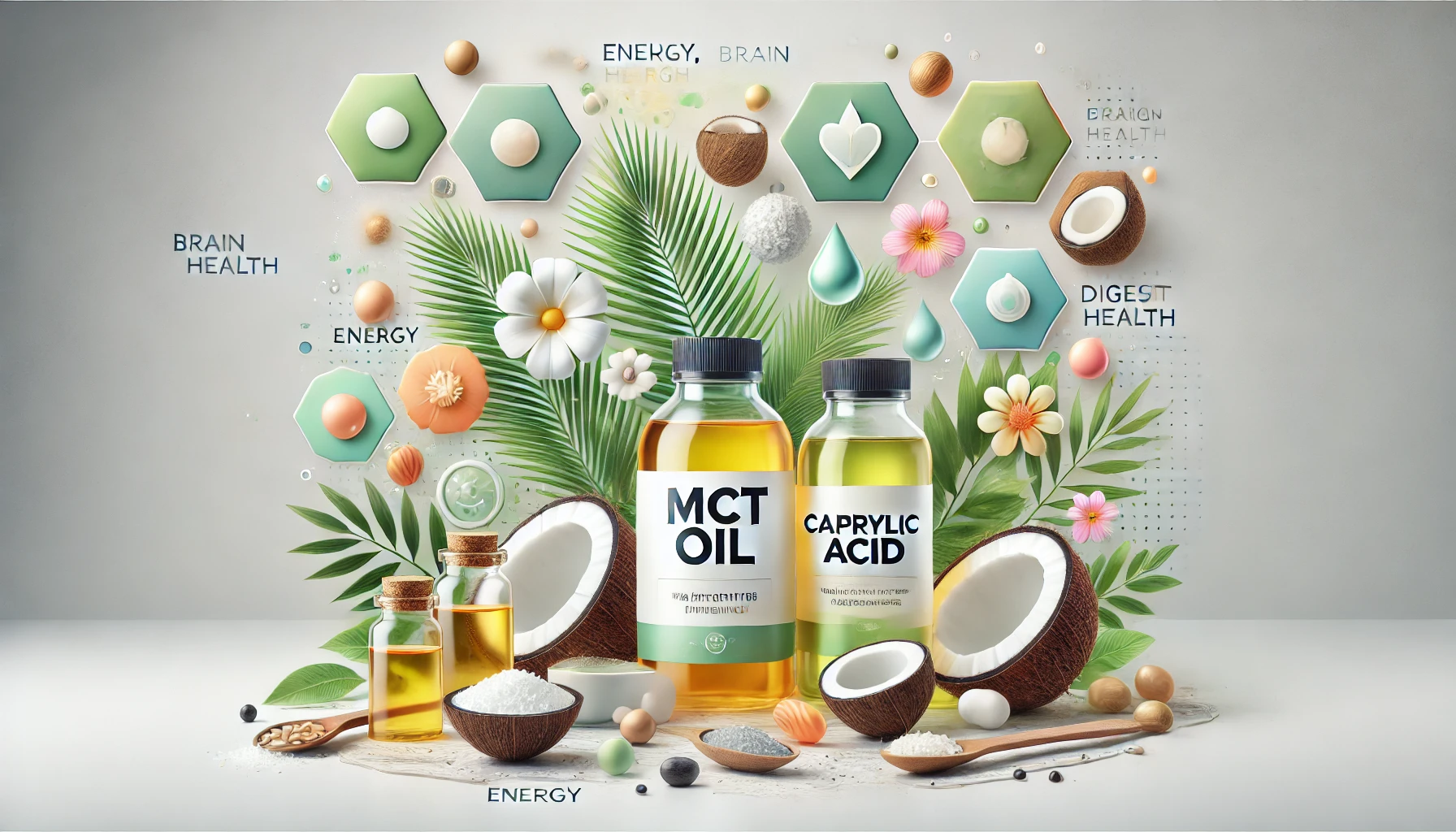
The Sweet Poetry of Dark Chocolate and Pure Cacao: A Divine Indulgence
Oh my, a little dark chocolate can go a long way – especially when we are healing, performing spiritual rituals, or seeking a little lift in consciousness and connection to our bodies.
In the world of culinary delights, few things captivate the senses and warm the heart quite like dark chocolate and pure cacao. These exquisite treasures from the cacao bean, with their rich flavors and enchanting aromas, have been cherished for centuries.
In this article, we embark on a journey through the types, benefits, and joys of dark chocolate and pure cacao, guided by the sweet and slightly poetic embrace of their essence.
In many cultures, chocolate is a divine treat or profound offering in a ritual or ceremony. Truly, it has a sacred place in our lives. And spiritual masters will agree.
Amma (Amma.org), in all of her 40 million hugs for humanity, has given out Hershey’s kisses to each person, no matter how many times they receive her darshan (blessing/embrace). She also adds rose petals, placing both in the palm of your hand.
“Like the cocoa bean’s transformation into chocolate, our own journey is a process of turning darkness into light.” – Guru Ananda
The Difference Between Dark Chocolate and Cacao
Dark chocolate and cacao are both derived from the cacao bean, but they differ in their processing and ingredients. Dark chocolate is made by mixing cacao solids, cacao butter, and sweeteners, often including sugar, in varying proportions. It typically has a smooth texture and a rich, slightly sweet flavor.
On the other hand, cacao refers to the raw, minimally processed cacao bean itself, or its products like cacao nibs or cacao powder. Cacao is known for its intense and pure chocolate flavor, devoid of added sugars or fats, making it more bitter in taste.
While dark chocolate is a finished product, cacao is a more raw and unadulterated form of chocolate, cherished for its potential health benefits and versatility in culinary applications.
Types of Dark Chocolate
Dark chocolate comes in a myriad of forms, each with its unique character and allure. From velvety bars to decadent truffles, it beckons with promises of sweet indulgence. Some of the most renowned types of dark chocolate include:
Dark Chocolate Bars: These elegant bars are the epitome of dark chocolate purity. With cocoa content ranging from 70% to 90% or more, they offer a bittersweet symphony of flavors that dance on the palate.
Dark Chocolate Truffles: Gently rolled in cocoa powder or adorned with a dusting of gold, dark chocolate truffles are like jewels of the confectionery world. Their silky ganache centers melt in the mouth, revealing a luscious cocoa embrace.
Dark Chocolate Couverture: The secret behind exquisite desserts, couverture chocolate boasts a high cocoa butter content. It melts smoothly, enrobing fruits, nuts, and pastries in a glossy sheen of dark chocolate goodness.
“Chocolate, like enlightenment, melts away the illusions, leaving only the pure essence of joy.” – Swami Deva Rasa
Benefits of Dark Chocolate and Pure Cacao
Beyond their enchanting taste, dark chocolate and pure cacao offer a treasure trove of health benefits. Herbalists and experts have extolled the virtues of these magical beans for centuries:
“Cacao is nature’s gift to our heart and soul. It is a source of joy, love, and vitality.” – Herbalist Elena Martinez
Heart Health: Dark chocolate, with its high cocoa content, is a heart-healthy indulgence. It helps lower blood pressure, improve blood flow, and reduce the risk of heart disease.
Mood Elevation: The consumption of dark chocolate has been associated with a release of endorphins, often referred to as “feel-good” hormones. It can lift your spirits and provide a sense of well-being.
Antioxidant Powerhouse: Cacao is rich in antioxidants like flavonoids, which combat free radicals and may reduce the risk of chronic diseases.
Cognitive Enhancement: Some studies suggest that dark chocolate and cacao can improve cognitive function and boost memory.
“Savor the present moment as you would savor the finest chocolate, for it is in this moment that you find true richness.” – Master Lila
The Joys of Dark Chocolate and Pure Cacao
There’s an undeniable magic in the act of savoring dark chocolate or pure cacao. It’s a moment of bliss, a pause in time, when the world fades away, and all that remains is the enchanting taste on your tongue. The joys are many:
Sensory Symphony: The velvety texture, the deep aroma, the complex flavors – every bite of dark chocolate is a symphony of the senses.
Culinary Creativity: Dark chocolate is a versatile ingredient that can be used in a myriad of recipes, from decadent desserts to savory dishes. It’s a canvas for culinary creativity.
Sharing the Love: Dark chocolate is not merely a solitary pleasure. It’s meant to be shared, a gesture of love and appreciation for those dear to us.
Chocolate: A Gift from the Divine
Shamans and healers across various traditions have long regarded chocolate as a sacred gift from the Earth. They believe that chocolate holds the power to awaken and balance the chakras, the energy centers within the body, and to unlock the gateway to deep healing.
Among these chakras, the heart chakra, located at the center of the chest, plays a pivotal role in connecting with one’s emotions, compassion, and love.
“Just as every piece of chocolate is unique, so too is every soul on its path to awakening.” – Yogi Prem
Opening the Heart Chakra
Chocolate, particularly dark chocolate and pure cacao, is associated with heart-centered healing. Shamans and healers suggest that when consumed mindfully, chocolate can stimulate and open the heart chakra, allowing individuals to experience profound emotional release and connection.
It is believed that the rich, indulgent flavors of chocolate mirror the sweetness of love and the bitterness of past wounds, helping one confront and heal emotional scars.
Facilitating Self-Healing
In solitary moments, individuals often turn to chocolate as a form of self-care and introspection. In such instances, chocolate is seen as a tool that can assist in deep self-healing. By indulging in chocolate with intention, one can create a sacred space for self-reflection and exploration of inner emotions.
As the heart chakra opens, individuals may find themselves more receptive to self-compassion and forgiveness, fostering a sense of inner peace.
Chocolate in Healing Sessions & Rituals
When individuals seek the guidance of healers, shamans, or therapists in a healing or therapeutic session, chocolate can be incorporated as a ceremonial or medicinal tool. Some practitioners use cacao ceremonies to create a safe and sacred environment for their clients.
In these ceremonies, participants consume cacao or chocolate mindfully, setting intentions for their healing journey. The presence of a healer amplifies the effects of chocolate, guiding individuals toward profound emotional and spiritual healing.
“In the sweetness of chocolate, there is a glimpse of the divine sweetness within us all.” – Master Zenara
Balancing Other Chakras
Beyond the heart chakra, chocolate is also believed to have the potential to influence other chakras within the body. Some healers suggest that it can activate the sacral chakra, associated with creativity and sensuality, or the third eye chakra, linked to intuition and insight.
The combination of chocolate’s sensory pleasure and its ability to open these energy centers can lead to a holistic healing experience.
For shamans, healers, and therapists, chocolate is not just a sweet treat; it is a sacred tool that can unlock the potential for deep healing. Whether consumed alone in moments of self-reflection or as part of a healing ceremony guided by a practitioner, chocolate is seen as a conduit to open the heart chakra and other chakras, fostering emotional release, self-compassion, and spiritual growth.
It is a reminder of the profound connection between the earthly and the divine, and the capacity of simple pleasures to facilitate profound healing journeys.
Finally
Truly, dark chocolate and pure cacao are not just indulgences; they are invitations to experience the poetry of life’s simple pleasures. As we savor these divine gifts, we are reminded of the wisdom passed down through generations by herbalists and experts:
“In the heart of the cacao bean lies a healing elixir, a balm for the soul. Let it be your sweet companion on the journey of life.” – Chocolate Alchemist Ava Green
For those who might need to be careful for health reasons: Excessive consumption of chocolate can contribute to weight gain and feelings of unhappiness or depression. Also, the sugar and caffeine content in some chocolates can cause energy spikes followed by crashes, leaving you feeling tired, sad, or irritable. If you’re concerned about these aspects, please consume chocolate in moderation to preserve your physical, emotional, mental, and spiritual well-being.
Alas, embrace dark chocolate and pure cacao with an open heart and grateful taste buds, for they are truly divine treasures worth celebrating.
You will love The Shankara Oracle as it will take you deeply within and connect you with your pure, divine Self.













